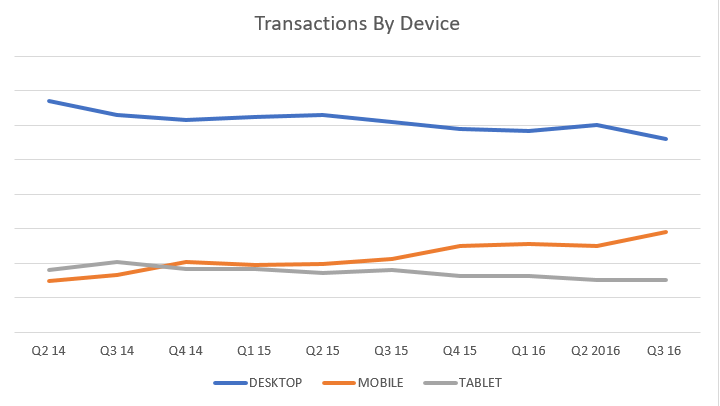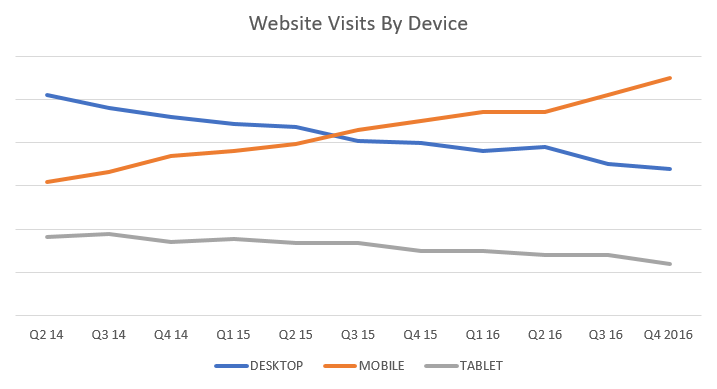Does the way guests find your hotel website matter? We’ve put together 8 questions to tell you where your guests come from, and how they behave once they’re on your hotel website.
These questions are for the hotel marketing experts and revenue managers ready to grow their hotels’ direct bookings.
Do users from organic search book more often than visitors from Facebook? How can you tell whether your mobile site is really driving bookings? When someone tries to book a room on your site, where do they encounter problems and abandon the booking?
When you know how guests find you, which touchpoints they find along the way, and which of your website’s pages are really helping – or really hurting – your direct booking rates, you can build a tailored book direct strategy.
Source
1. Which source drives the most total revenue?
2. Which sources deliver your most valuable customers?
Examine total revenue, average booking value and revenue per user session by source. A source is simply where your visitor comes from. It might be a website name like Facebook, a search engine like Google, or even a tracked URL from your spring newsletter. It tells you the channel your guest came through to get to you.
The channels Google Analytics typically breaks your traffic down into are: organic search, direct, social, referral, display, email, and other. While it’s worth doing a bit of research into exactly what each channel means, just a 5 minute investigation can tell you a lot about which channels are most valuable for you.
Device
3. Which device drives the most total revenue?
4. Which device delivers your most valuable customers?
Device simply refers to the tool your visitor is using to browse your hotel website, whether that’s a phone, tablet or desktop computer. It can tell you if your guests are converting more on desktop, and if your mobile site needs more work to bring in revenue.
Analyse total revenue, average booking value and revenue per session by device. This will help you understand the true value of each device.
Net Affinity’s own data shows that mobile bookings are growing, while desktop is still the largest ecommerce device, but growth has flattened and tablet is in decline. This won’t be true for every hotel, but these are the trends shaping our industry.
Cross-device attribution is still a murky area when it comes to tracking, but don’t discount it! While it’s reasonable to assume that many guests will be researching and shopping around on mobile, when it comes to actually booking, many still prefer the comforts of desktop – or even picking up a phone. Mobile traffic surpassed desktop in July 2016, and the gap is slowly closing for mobile and desktop transactions.
Assisted Conversions
5. Which sources appear in your users’ path to purchase, even if they aren’t the sources that deliver the final conversion?
We all know travelers today have many touchpoints on their journey to booking. Assisted conversions are the interactions a visitor has had with your hotel website before they finally return to book a room. It’s important to know which of your marketing campaigns are influencing guests to book, from they the first step of the journey to the last one.
For example, a guest may have first seen your offer on Facebook, but not booked then. They might have searched for your hotel on Google after that, seen a remarketing campaign a few days later, and then booked.
We recommend taking a look at which attribution model you’re using to assign revenue to different steps in the sales process. For example, do you count the first interaction a guest has with your brand (a First Click model), or the last before they book (a Last Click model)? Which matters more to a booking? For a deeper dive into the different kinds of attribution models available, and why it matters, here’s a guide to attribution models.
Booking Funnel
6. Which pages of the funnel see the largest drop off?
7. Are you adequately addressing users’ concerns? (e.g. security, what happens with their data)
8. Is the process and available information as clear and concise as possible?
These questions will help you identify which stages of the booking funnel users are dropping off at, and where you need to focus to reduce drop off rates.
One factor you should be careful to monitor is pricing methods on your hotel website. Net Affinity data shows that when you switch from showing a per person pricing method to a total pricing method (either per room, per night, or total stay), conversion rates for users moving through your booking engine increase by an average of 20%.
There are a huge number of factors that affect conversion, but perfection starts with understanding your guests’ journey.





